ABOUT
- About KANAYA
- About Takaoka Copperware
- designer
- project members
Expand tab contents (not visible on public site)
tab1(Not displayed on public site)
About KANAYA
brand concept
Takaoka copperware began in 1611 (Keicho 16) when Toshinaga Maeda, the lord of the Kaga domain, called seven casters to Kanaya-cho, Takaoka City in order to promote the prosperity of the town. KANAYA was born in 2011, 400 years since its birth.
Based on the concept of ``a brand that exists with people's rich moments,'' we add designs and functions to metal castings that are carefully crafted by craftsmen, and propose products that match modern lifestyles.
KANAYA products are not finished when purchased, but through daily interaction with people, they develop a unique smooth feel over time, and their true beauty overflows. In other words, it is a product that lives together with people.
To that end, we strive to create products that are truly appealing to people.
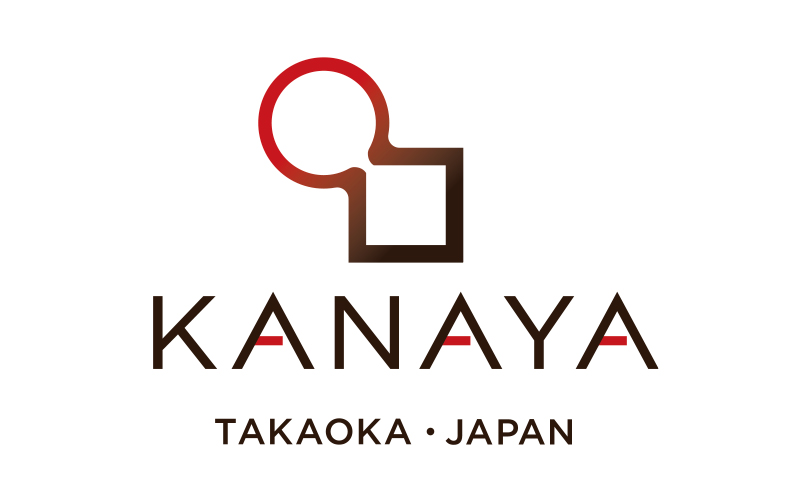
Bringing out the charm of traditional techniques
Metal casting technology whose beauty matures over time.
Coloring and painting techniques create a unique texture.
The products, which reconfirm the charm of Takaoka copperware and realize new designs using traditional techniques, will make you feel like you want to spend a long time with them.
The ``rust color'' applied to many new products is one of Takaoka Copperware's unique painting techniques, and is also the color that symbolizes K ANAYA products.
It has a gentle texture that makes you feel like you've been using it for a long time, and since it is usually used for exteriors, it not only has a beautiful color but also excellent durability.
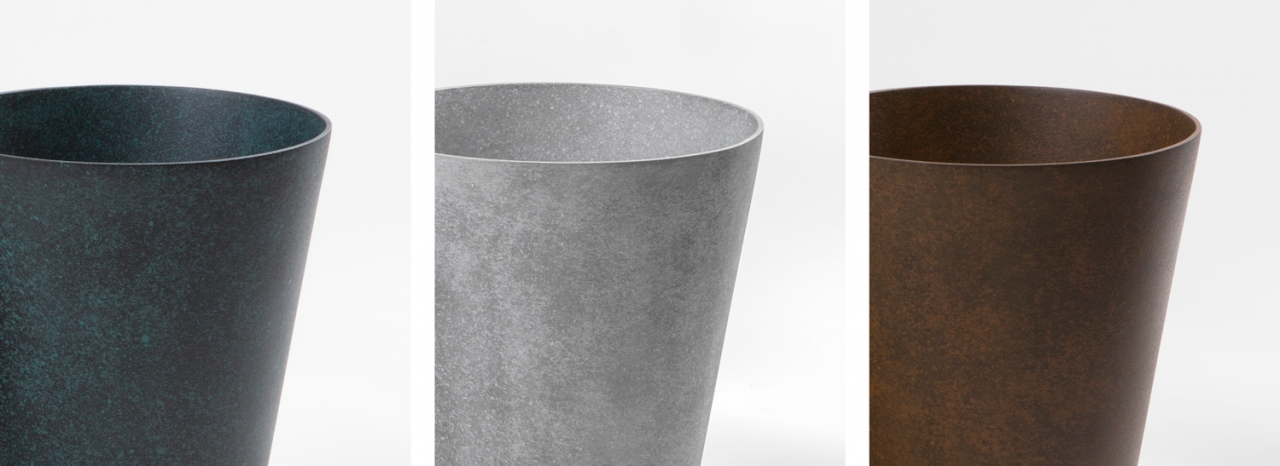
Fusion with different materials
KANAYA is actively working on collaboration between production areas with companies that handle different materials.
This is because we strive to create products from a wide perspective, with the desire to deliver truly good products to people.
leather, glass, wood. Please enjoy the wonders of casting and different materials.
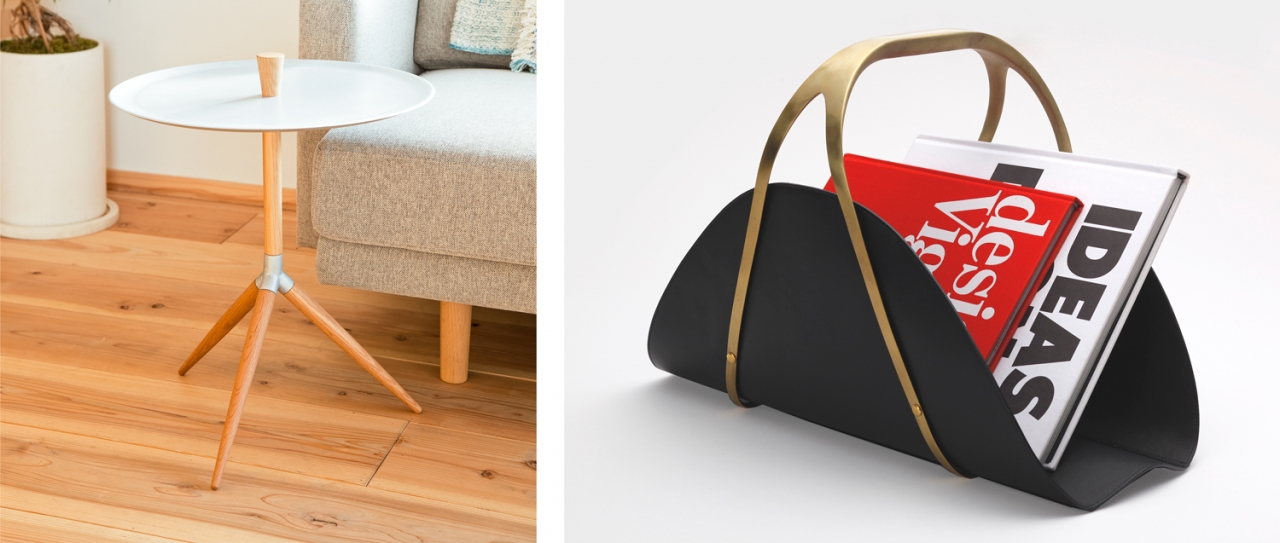
For people who want to be themselves
We go beyond function and design and propose products for people who seek freedom and new values.
We are developing products that allow you to select functions and color variations depending on your lifestyle.
In other words, KANAYA wants to be a brand where you can meet people and spend quality time together.

tab1End (not displayed on public site)
tab2(Not displayed on public site)
About Takaoka Copperware
History of Takaoka copperware
Takaoka copperware began in 1611 (Keicho 16) when Toshinaga Maeda, the lord of the Kaga domain, called seven casters to Kanaya-cho, Takaoka City to promote the prosperity of the town, and this year marks the 400th anniversary. Initially, it started as an art and craft to be presented to feudal lords. After that, it became widely used both domestically and internationally as Buddhist utensils, pots and cauldrons, vases, tea utensils, and decorative metal fittings. Art copperware was introduced overseas at the 1862 World's Fair in London and the 1867 World's Fair in Paris, and established itself as an export item.
Initially, iron was the main material, but from the mid-Edo period onward, a wide variety of materials were used, including alloys such as copper, tin, bronze, and brass, as well as aluminum, and manufacturing techniques further improved. Along with this, processing techniques such as polishing, engraving, and coloring developed, and a variety of expression methods were established. We have continued to develop both manufacturing methods and processing technology to this day.
In 1975 (Showa 50), it received the first designation as a ``Nationally Designated Traditional Craft'', and in 1979 (Showa 54), it was designated as a production area for a specific industry, and the Takaoka Copperware Cooperative Association was established in 2008 (Heisei 20 On January 11, 2015, it was registered as a "regional collective trademark" by the Japan Patent Office.
Features
Takaoka copperware is characterized by free and delicate shapes and a supple, moist and beautiful casting surface. As time passes, the expression and feel will gain depth, and the true beauty hidden deep within will emerge. It is a craft that matures with people.
The manufacturing process follows the steps of creating a prototype, casting, finishing, and coloring, and in every step, the skill of skilled craftsmen is demonstrated, and by working together, a single piece of beauty is created. Takaoka is Japan's only production area of bronze ware, producing everything from tea utensils, flower vases, incense burners, Buddhist utensils to temple bells and large outdoor bronze statues.
1. casting technology
Casting is a metal processing method that involves pouring molten metal such as alloys such as iron, copper, tin, bronze, and brass, or molten metal such as aluminum into a prototype to create the desired shape. The basic technology of casting, which was created several thousand years ago, has not changed to this day, but Takaoka Copperware mainly uses four techniques: green mold casting, double mold casting, wax mold casting, and sinter mold casting. I am.

Among these, the green mold casting method involves placing the model into upper and lower wooden or metal frames, filling it with sand, and compacting it. Remove the upper and lower frames and take out the original mold to create a sand mold. Molten metal is poured into this and cast.
This technique has been the mainstay of the development of Takaoka Copperware, as it has the advantage of being able to create several products from a single prototype, and that the foundry sand can be used repeatedly (reuse).
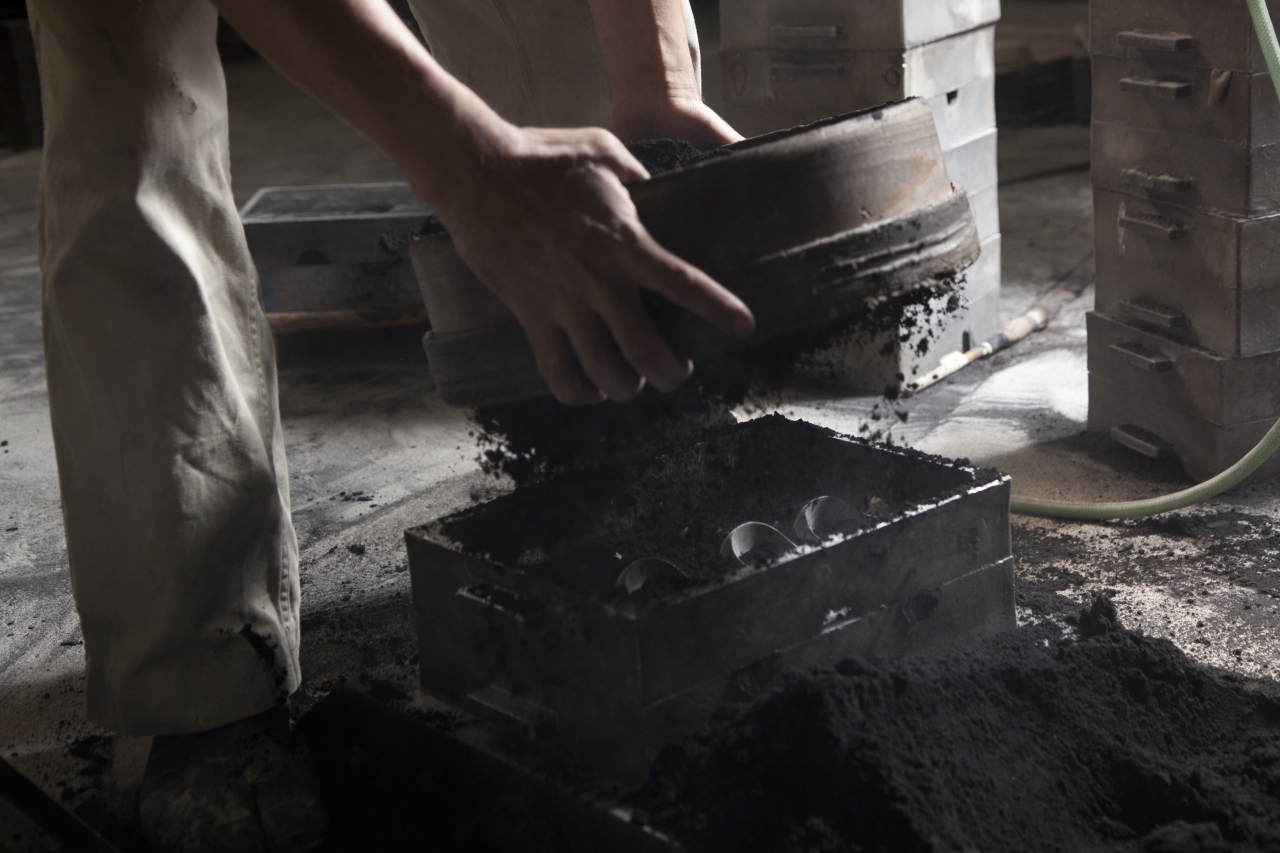
2. Finishing technology
Surface processing techniques include sand blasting, chemical polishing, and buffing, which can bring out the various expressions of metal such as smooth, dull, and mirror surfaces. Other methods include inlaying, which involves scraping the surface of metal and embedding other metals, and etching, which creates patterns by corroding with acid.
The metal engraving technique uses a variety of chisels to create elegant patterns. One of the factors that made Takaoka Copperware famous was its metal engraving skills, and its excellent techniques were recognized around the world, winning numerous awards at the World Exposition in the Meiji period.
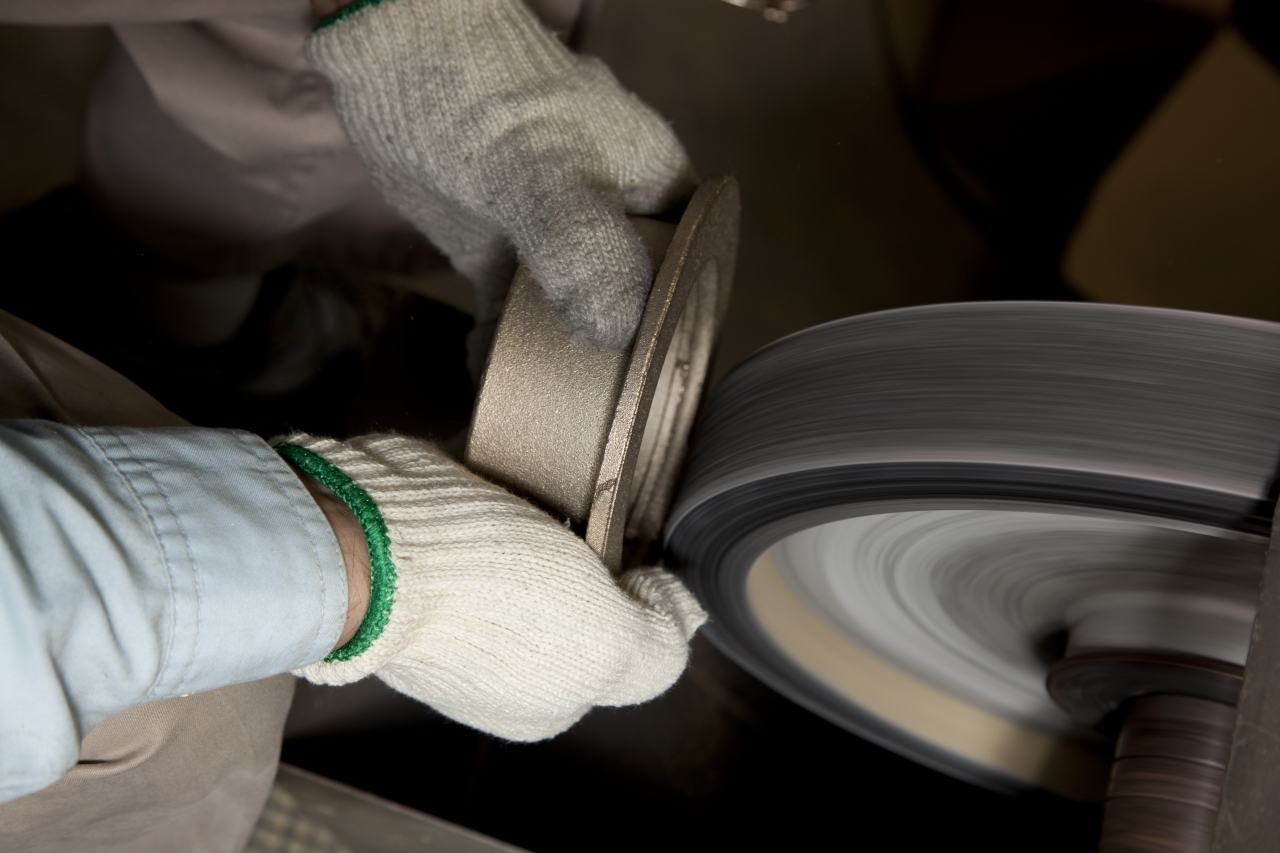
3. coloring technology
Skilled craftsmen use a variety of techniques to corrode the metal and bring out the vivid colors. The purpose of coloring is to improve preservation and beautification, and it uses various materials and chemicals that have been passed down since ancient times to corrode the surface of the metal and bring out its original color.
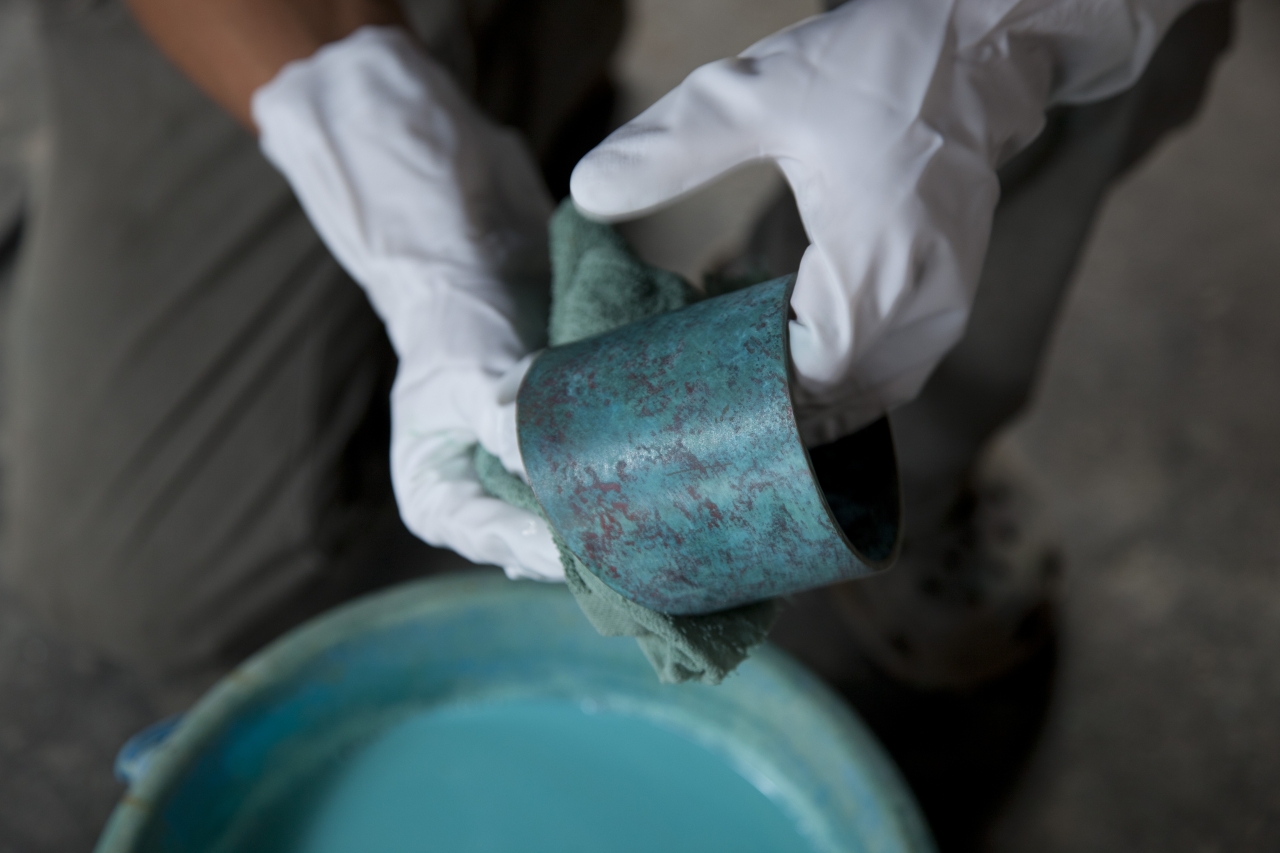
tab2End (not displayed on public site)
tab3(Not displayed on public site)
designer
tab3End (not displayed on public site)
tabFour(Not displayed on public site)
project members
producer
Toshiki Kiriyama (TRUNK)
designer
Hiromichi Konno
SOMA DESIGN
Mikiya Kobayashi
SHIMOO DESIGN
Hikaru Mori
Hironao Tsuboi
Hisakazu Shimizu
logo design
Ai Kimura
tabFourEnd (not displayed on public site)
to this point
(Not displayed on public site)
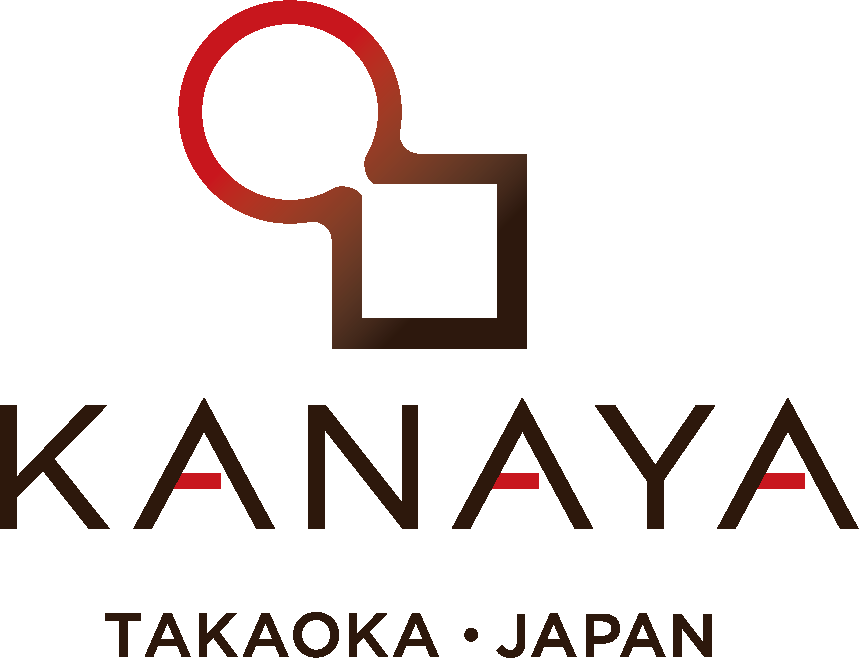
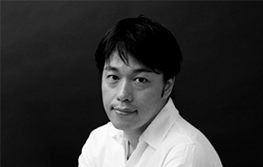




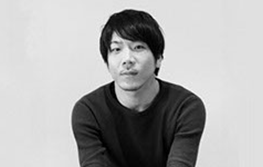



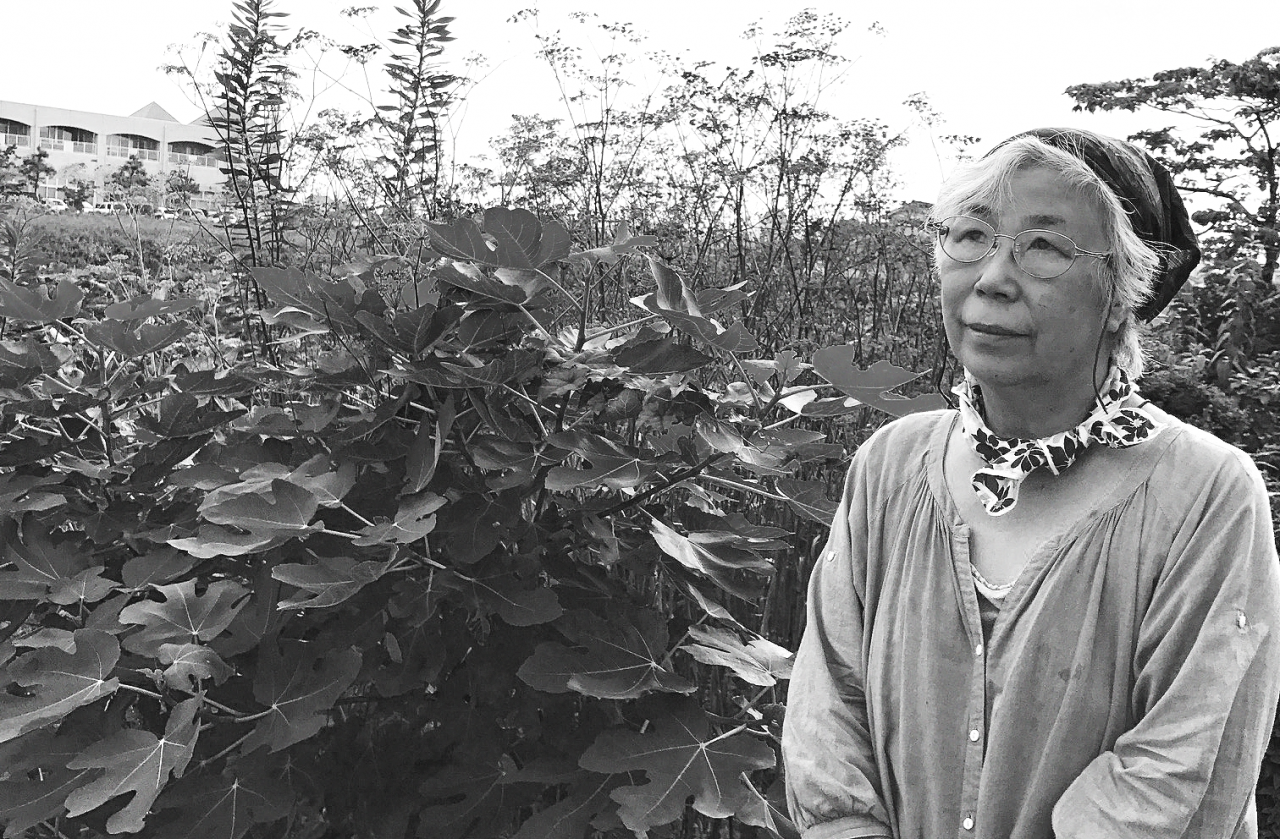
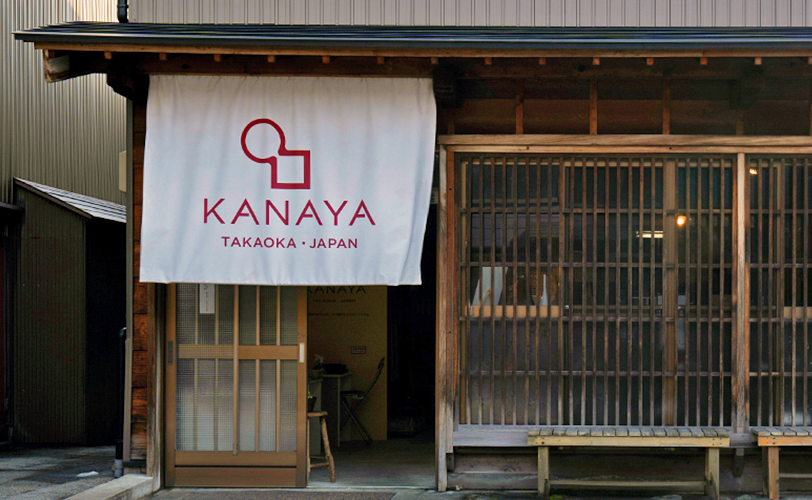
アクセス:加越能バス「金屋町」下車徒歩3分、能越自動車道高岡ICから車で約8分(駐車場有り)